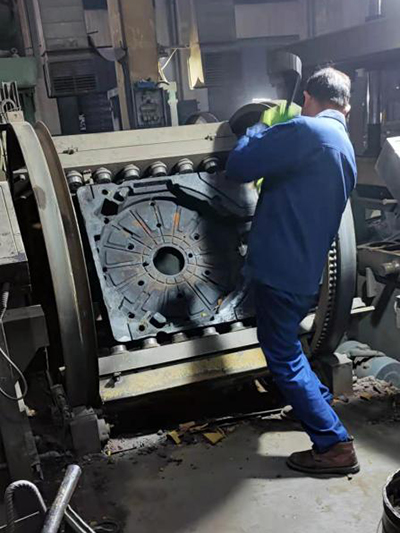The Future of Super Sand G2 A Revolutionary Material
In recent years, advancements in materials science have yielded groundbreaking innovations that promise to transform industries. Among these innovations, Super Sand G2 has emerged as a game-changer. This advanced material, engineered to enhance performance across a range of applications, harnesses the potential of nanotechnology and sustainable practices. In this article, we explore the properties, applications, and future of Super Sand G2, emphasizing its significance in environmental sustainability and industrial innovation.
What is Super Sand G2?
Super Sand G2 is a modified form of traditional sand, enriched with nanomaterials to enhance its physical properties. This state-of-the-art material boasts increased strength, durability, and versatility compared to conventional sand. The incorporation of nanotechnology allows Super Sand G2 to possess unique characteristics, such as improved binding properties, resistance to erosion, and reduced water absorption. These enhancements make Super Sand G2 particularly suitable for a variety of implementations, ranging from construction to filtration systems.
Applications
The versatility of Super Sand G2 opens the door to a wide range of applications. In the construction industry, for example, it can be used to create stronger and more durable concrete. The enhanced binding properties lead to structures that can withstand extreme weather conditions and heavy loads, ultimately increasing their lifespan. Moreover, since Super Sand G2 can be produced with less energy than traditional materials, it poses a more sustainable option for construction projects.
In addition to construction, Super Sand G2 has shown promising potential in environmental applications. Its fine particle size and structural composition make it an excellent candidate for use in filtration systems, helping to purify water and remove contaminants effectively. By incorporating Super Sand G2 into wastewater treatment processes, municipalities can improve the quality of discharged water, thereby protecting ecosystems and public health.
super sand g2

The agricultural sector is another area where Super Sand G2 can make a significant impact. With climate change and resource depletion becoming increasingly pressing issues, innovative agricultural solutions are needed. Super Sand G2 can improve soil quality by enhancing its drainage and aeration properties while minimizing erosion. This leads to healthier crop yields and can contribute to sustainable farming practices, helping to address food security concerns.
Environmental Sustainability
One of the most compelling aspects of Super Sand G2 is its potential contribution to environmental sustainability. Traditional sand extraction from riverbeds and beaches has devastating effects on ecosystems, leading to habitat destruction and biodiversity loss. By offering a sustainable alternative, Super Sand G2 helps reduce the environmental footprint associated with sand mining.
Moreover, its production process can be designed to minimize waste and energy consumption. Utilizing industrial by-products or recycled materials in the manufacturing of Super Sand G2 not only curtails resource depletion but also promotes a circular economy. This approach underscores the importance of developing materials that align with sustainable practices and environmental stewardship.
Looking Ahead
As industries continue to evolve in response to technological advancements and environmental challenges, materials like Super Sand G2 will play a crucial role in shaping the future. Research and development efforts are underway to explore even more applications, such as its use in 3D printing and renewable energy technologies. By continually refining the properties and production methods of Super Sand G2, researchers aim to unlock new possibilities and further enhance its performance.
In conclusion, Super Sand G2 represents a significant leap in materials science, offering a sustainable and versatile alternative to traditional sand. From construction to environmental applications, its potential to improve performance and minimize ecological impact is promising. As we move forward, embracing such innovative materials will be essential in our quest for a more sustainable and resilient future. The journey of Super Sand G2 has just begun, and its influence is set to extend far beyond its current applications, paving the way for a better tomorrow.
Post time:ನವೆಂ . 08, 2024 12:37
Next:Innovative Applications of Lost Foam Casting in Modern Manufacturing Techniques
